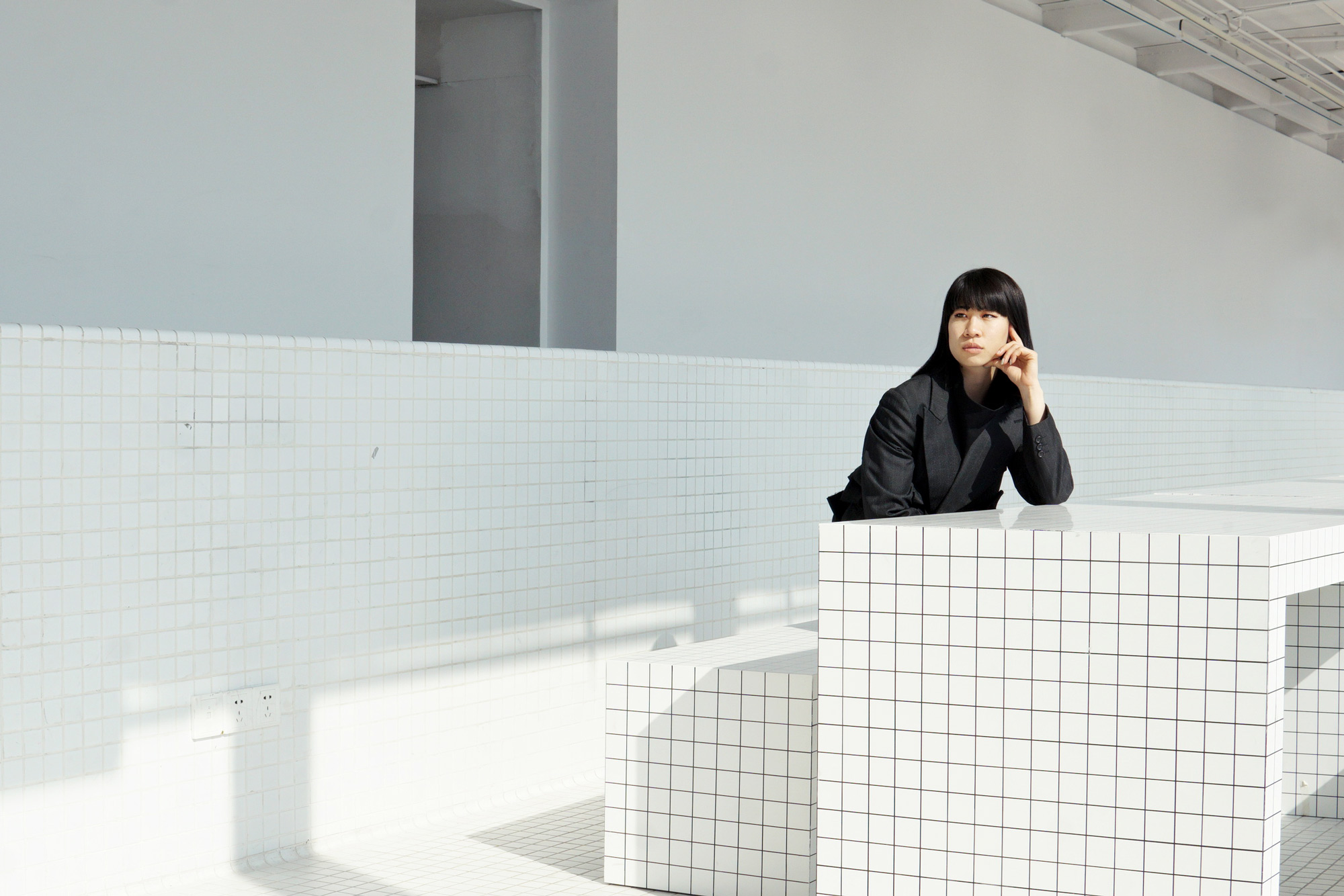I sat by the window typing these words, accompanied by the gentle roar of the river blending with the harmonious beats of Bonobo. Compared to Tokyo, the air up in the mountains of Gunma was cool and fresh even at the height of summer. Midnight, the world was adrift and at peace. I dug deep into my memory and wrote.

As someone who travels quite often to Japan, I had wondered why I hadn’t gone to Kyoto almost immediately. It was after all the ancient capital of the country, now its cultural capital, where the concept of wabi sabi was born. If you have been reading my essays you will know how much this philosophy permeates the way I think and consume; the beauty of imperfection, the ageing process of people and material goods, the signifiers of usage – these are all embodied in the clothes I wear, the wares I sell, the photographs I take.
I decided to give Kyoto a try. I had no idea what to expect other than a vague idea of the cultural significance of the city. My motto in life has evolved to “have zero expectations from new experiences in order to avoid disappointment”.
Kyoto itself is by and large an industrial town. Sitting in the train that whisked me away from Kansai airport on an hour-long (or was it two?) journey, the view outside wasn’t what I would call picturesque. Yet it’s still quintessentially Japan – angular suburban homes intermingled with well-pruned greenery, elderly people tending to a patch of gardens at a random car park, chimney stacks not too far off in the background, small practical cars weaving in and out of narrow streets. The view remained unchanged even when the train pulled into Kyoto station. A touch of familiarity mingled with the excitement of arriving in a new city; PA system announcing train departures and arrivals in a friendly voice, sararimans careering around dawdling tourists trying to navigate the complexities of a large Japanese train station. As I dragged my typically heavy suitcase from the station to my Airbnb lodging along the city’s systematic grid-like road system, I began to notice the exceptionally old age of Kyoto homes – ubiquitous wooden structures bore the mark of ancient history, snuggled between modern flats.
The closer I walked to the central district, the older the homes became. The city was a lot easier to navigate around than Tokyo as the roads were named numerically relative to the Kamo River that runs from the north to the south – the beating heart of Kyoto. I passed by a cafe that overlooked the embankment, which I knew would become one of my favourite working spots.
More old wooden homes built alongside narrow streets. I finally arrived at my Airbnb somewhere in a tiny block of flats. I did my best to carry my 20kg suitcase up a narrow flight of stairs. I keyed in the code for the door to my rented flat, opened the door, and saw the tatami and futon bedding arrangements. Minimal, clean and cosy. I knew I’d sleep well that night.







